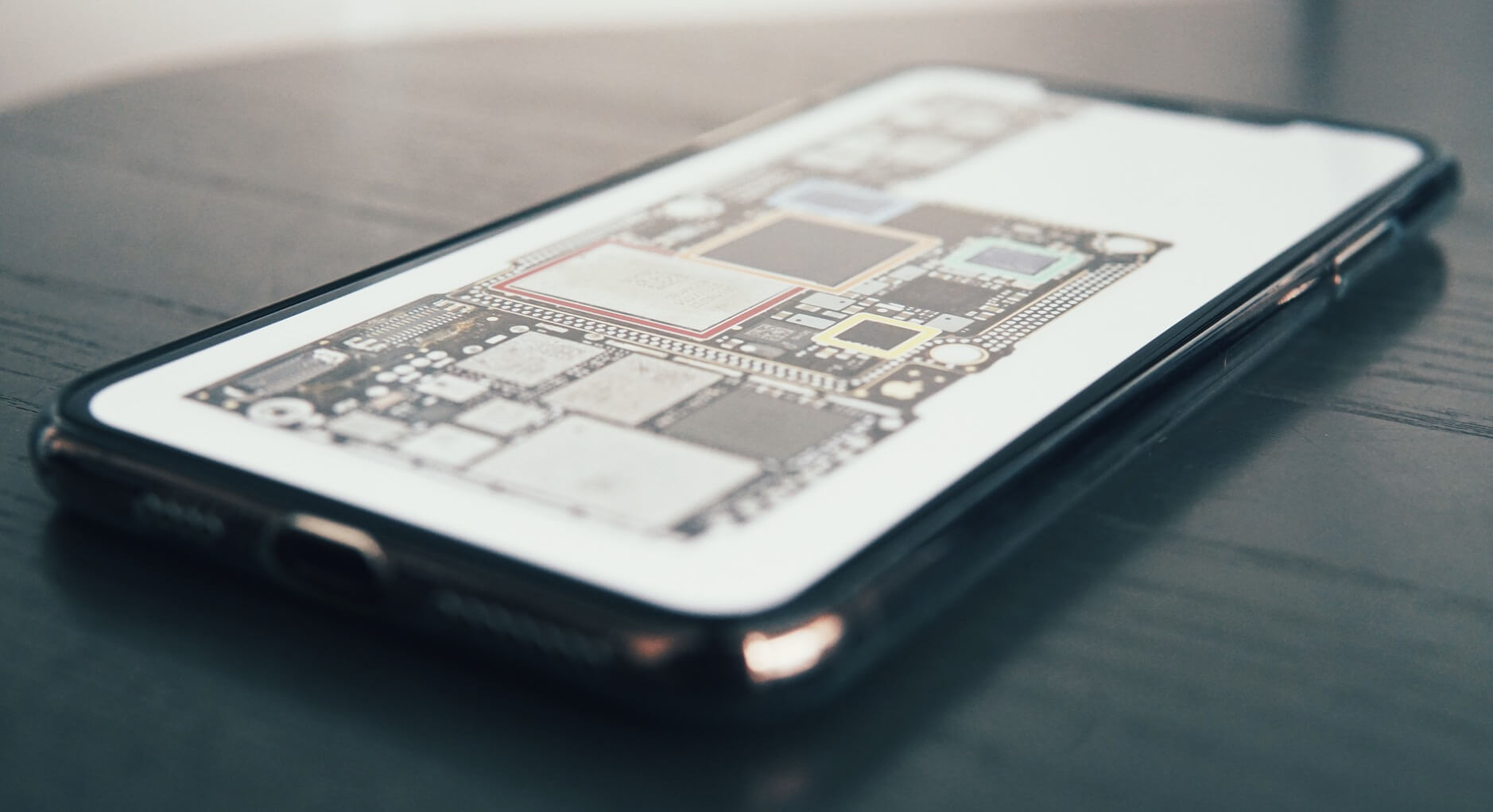„Intel’s Mobile Problem”

Qualcomm strich für die Einigung im Patentstreit mit Apple als Einmalzahlung rund 4,7 Milliarden US-Dollar ein. Dieser Betrag entspricht ungefähr der Hälfte aller ausstehenden Lizenzzahlungen, die Apple seit April 2017 nicht mehr an Qualcomm gezahlt hatte.
Details zu den neu ausgehandelten Lizenzgebühren, die Apple pro Gerät zukünftig an Qualcomm zahlt, sind dagegen nicht bekannt.
Bemerkenswert bleibt jedoch Intels sang- und klangloser Ausstieg aus einem weiteren Technologiesektor:
Years later, Intel is just one more example of a company unable to confront the difficulties of change. It has allowed ARM to run away with the mobile billions. It has been unable to keep up with Qualcomm. And most importantly, it is still relying on personal computers and data centers to keep the home fires burning. It is not a matter of if but when others, such as Qualcomm and AMD, will catch up with them in the data center business — especially as we start to see a new kind of stratification emerge in the cloud.
Let this be a lesson for Apple and others: if you are in a trillion-dollar race to stay on top of the smartphone and hardware business, focus on being vertically integrated. Apple has typically done such a good job of obsessing over these details. Why risk it all on a known slacker like Intel?
Seitdem sich Qualcomm und Apple juristisch behakeln, hatte ich nie das Gefühl, dass Apple in Intel einen langjährigen Partner als Lieferant für ihre Modem-Chips sah. Intel erschien mir eher als Rebound-Romanze, die Apple dabei half eine Quasi-Monopolsituation aufzulockern, bis man mit eigenen Mobilfunkchips konkurrieren kann.
Weil, erinnern wir uns an Steve Jobs Leitspruch: „I’ve always wanted to own and control the primary technology in everything we do.”
Apple verheiratet Design und User Experience sowie Software und Hardware. Features wie Face ID sind weiterhin konkurrenzlos, weil Apple sie mit einem eigenen A-Chip, einer eigenen Secure Enclave und einer eigenen Neural Engine – in einem selbst entworfenen Gehäuse und mit ihrem eigenen Betriebssystem – zusammenführt.
Eine derart komplette Verzahnung erreicht Apple nicht bei den verbauten Modem-Chips und auch nicht für die eingekauften Bildschirme – zwei zweifellos zentrale Technologien für diverse Apple-Produkte. Und obwohl Cupertino diese Komponenten keinesfalls von der Stange kauft (Stichwort: Liquid Retina, OLED-Screens, etc.), kontrollieren sie deren Weiterentwicklung nur eingeschränkt. Deshalb arbeiten sie daran solche Abhängigkeiten aufzulösen – für Bildschirme, Modems und diverse andere Chips.